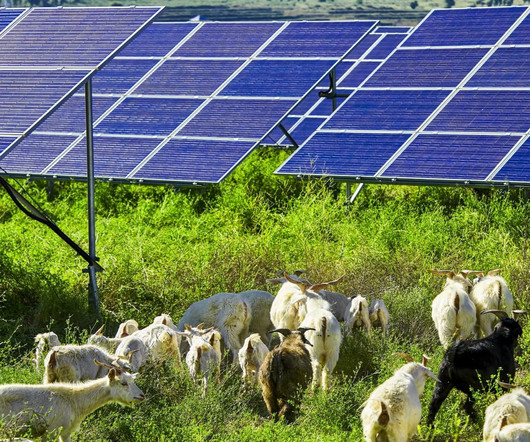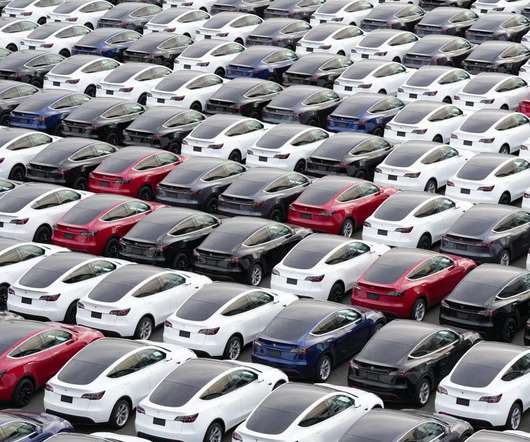Renewables expand to 23% of US electrical generation in 2023, with solar in the lead
Baua Electric
FEBRUARY 27, 2024
of US electricity supply last year. Similarly, the mix of solar (5.6%) and wind (10%) is closing in on coal (15.9%) and seems well-positioned to overtake the fossil fuel this year. Similarly, the mix of solar (5.6%) and wind (10%) is closing in on coal (15.9%) and seems well-positioned to overtake the fossil fuel this year.



























Let's personalize your content